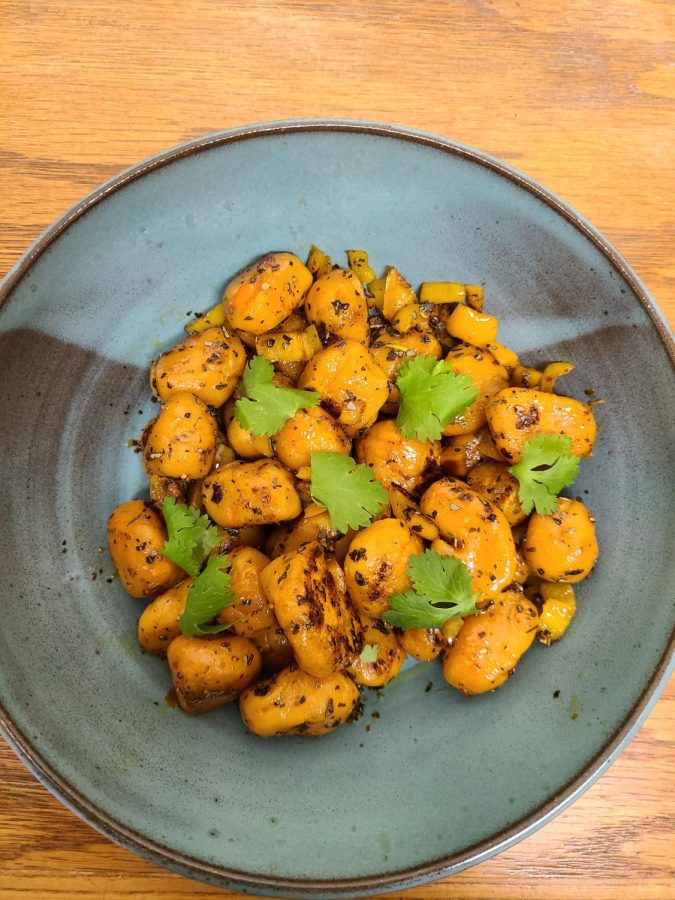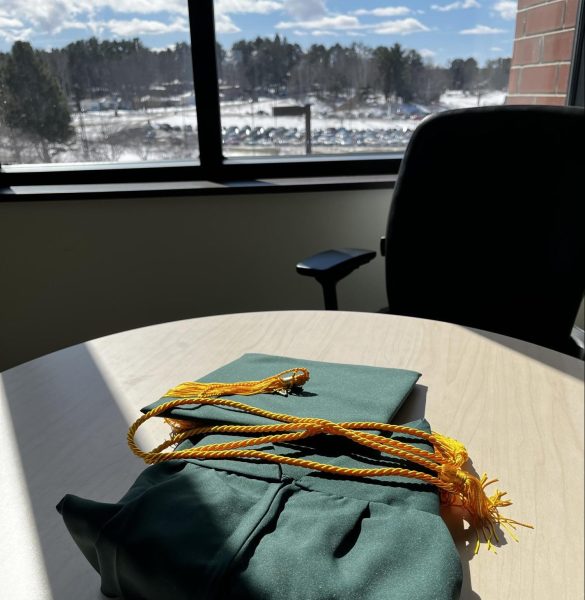Cooking with Kata — Carrot gnocchi
Relieve unnecessary stress from the first week of classes by making colorful homemade pasta
You can cook up your gnocchi any way you like, but I recommend frying them in a pan with some butter and herbs. Frying them will add more flavor and a crispier exterior.
September 8, 2022
When making the decision to move out of the dorms, one of the biggest deciding factors for me was having access to my own kitchen. Cooking my own meals is not only a way for me to have complete control over what I am eating, but I have also found it a necessary step in taking care of my mental health.
Cooking meals from scratch, not just boxed mac-and-cheese, has been a somewhat therapeutic process for me. The extra time and focus it takes for me to make pasta from scratch is also time and focus that I am investing in myself and my well-being.
I know for other students, spending an extra hour making food that could be spent doing homework or hanging out with friends can cause more stress instead of relieving it. Cooking is not everyone’s coping mechanism, but I do think everyone can benefit from at least trying to make a more complex meal from scratch every once in a while. At the very least, I think it is a fun experience and the fact that you get to eat at the end is an added bonus.
This first week of the semester was more stressful than it had any reason to be, so I had a lot of stress to cook out. For that reason (and also because I am an incredibly extra human being), the first recipe I chose to make this week was homemade carrot gnocchi.
Ingredients:
~ 1 pound of carrots (I recommend getting carrots from the farmers market while they are still in season)
1 tablespoon of oil
~ 1 teaspoon of salt
Any herbs or spice mix you have — I used a rosemary and oregano mix
Pepper
2 tablespoons sour cream or Greek yogurt
1 cup of water
1 egg
3 cups of flour + more for rolling out dough
Directions:
Start by chopping up the carrots into ½-inch to 1-inch pieces and put them in a medium pot. Cover them with the water, oil, salt, herbs and pepper. How much flavor you add to this mixture is totally up to you. Have fun with the flavoring!
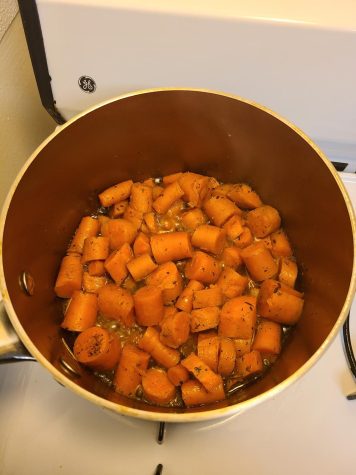
Cook the carrots, stirring occasionally, until they are soft and most of the water has evaporated. This took about 20 minutes for me.
You want to mash the carrots next — whether that is with a fork, potato masher or, if you are extra like me, a mini blender. Add the mashed carrots to a bowl along with the sour cream or yogurt and an egg.
Mix everything together and gradually add the all purpose flour until a dough is formed. Depending on the size of your bowl, you can do this in the bowl or turn out the dough onto a clean and floured surface to finish the kneading. This can be a long process, but kneading dough is a great outlet for channeling your stress about responding to at least three meaningless discussion posts on EduCat.
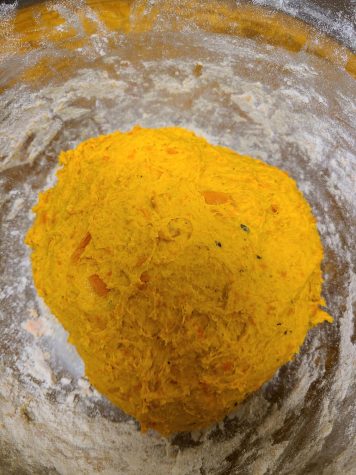
Once the dough is looking dough-like, put it back in the bowl and cover with a towel or plate for about 30 minutes. While this half-hour break may seem like a great time to get some studying done, I recommend cleaning the kitchen, dancing or doing literally anything else besides more schoolwork while you wait. This is cooking time, not college time.
After the dough has rested, divide it into roughly four pieces and start rolling them onto a floured surface. They do not need to be perfect. Aesthetics are fantastic on cooking shows, but we are college students, and it is going to taste fantastic no matter what.
Once you have four (or more) log-shaped pieces of dough, cut them into roughly ½-inch pieces or whatever size pasta you want. You can roll these pieces with a fork to create the “classic” gnocchi shape, but honestly it does not matter. I just rolled mine into small spheres and called it a day.
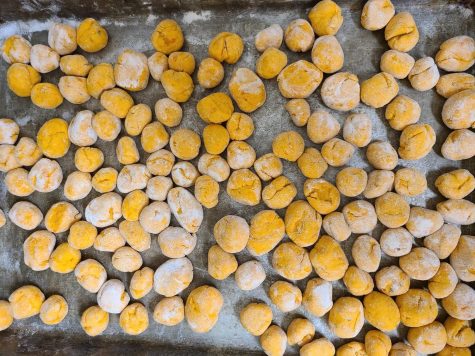
Put all your gnocchi onto a floured baking sheet or into a large bowl and then get some water boiling. I recommend salting your pasta water as well, but it is not a requirement.
Add your gnocchi in batches to the boiling water and gently fish them out of the water once they float to the top. Depending on the size of your gnocchi, they can take two to four minutes to rise up. Make sure you stir the water after you drop in each batch so they do not stick together.
Once you have all of the gnocchi boiled, it is time to get creative! There are a lot of ways to serve these, including a garlic herb sauce or a classic marinara. This recipe makes roughly four to five servings so you can change up the toppings every time if you wish.
I cooked up mine in some butter, garlic, oregano, peppers and cheddar cheese with some cilantro on top. You can store the rest of the gnocchi in the fridge for a week or even freeze them if you want them to last a while longer.
I know buying ingredients can feel like they cost more money in the short term, but all the ingredients used in this recipe can be used over and over in multiple different recipes that will create enough food to last you weeks. If you can find a few spare moments in the hectic existence of college, I highly recommend trying a new recipe, such as this carrot gnocchi. You might surprise yourself by how much you enjoy it and discover a new stress reliever.





















